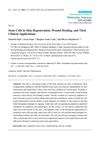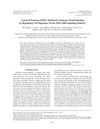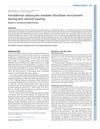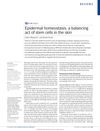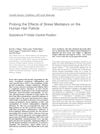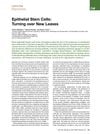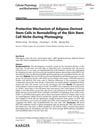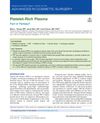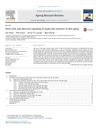Mesenchymal Stem Cells from Adipose Tissue in Clinical Applications for Dermatological Indications and Skin Aging
January 2017
in “
International Journal of Molecular Sciences
”
adipose-derived stem cells ADSCs skin aging epidermal thickness extracellular matrix growth factors cytokines skin rejuvenation wound healing lipoaspirate collagen synthesis angiogenesis alopecia stem cells fat-derived stem cells skin thinning skin matrix growth proteins cell signaling proteins skin renewal healing fat tissue collagen production new blood vessels hair loss
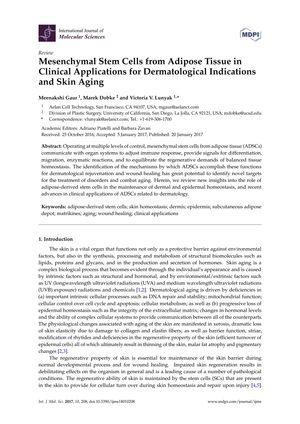
TLDR Fat-derived stem cells show promise for skin repair and reducing aging signs but need more research for consistent results.
The document from 2017 reviews the potential of adipose-derived stem cells (ADSCs) in dermatological applications and skin aging, emphasizing their role in skin homeostasis, regeneration, and repair. It discusses the biological processes of skin aging, including a decrease in epidermal thickness and changes in skin cells and extracellular matrix components. The review highlights the importance of growth factors and cytokines in skin rejuvenation and wound healing, noting the beneficial effects of topical products containing these substances. It also covers the wound healing process, the role of various growth factors and cytokines, and the use of lipoaspirate in clinical applications. The document acknowledges the challenges of ADSC use, such as the impact of donor age on regenerative potential and the need for prolonged culturing to obtain sufficient quantities for clinical use. Despite these challenges, ADSCs have been used in clinical trials for various dermatological applications, including wound healing, scar treatment, and alopecia, showing benefits in promoting collagen synthesis, angiogenesis, and improving tensile strength. However, further research is needed to fully understand the mechanisms and ensure reliable treatment outcomes.
